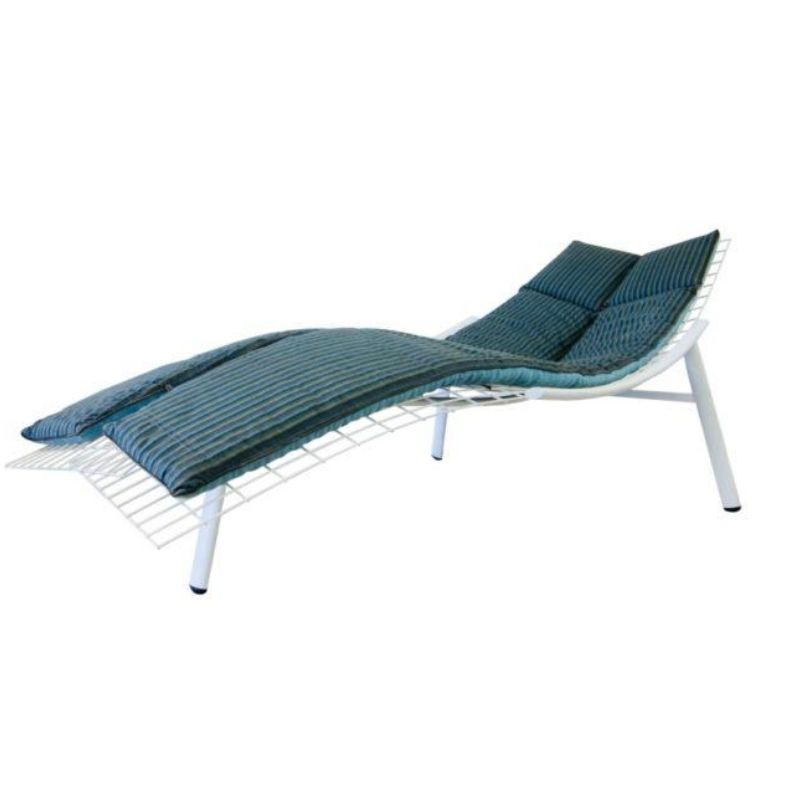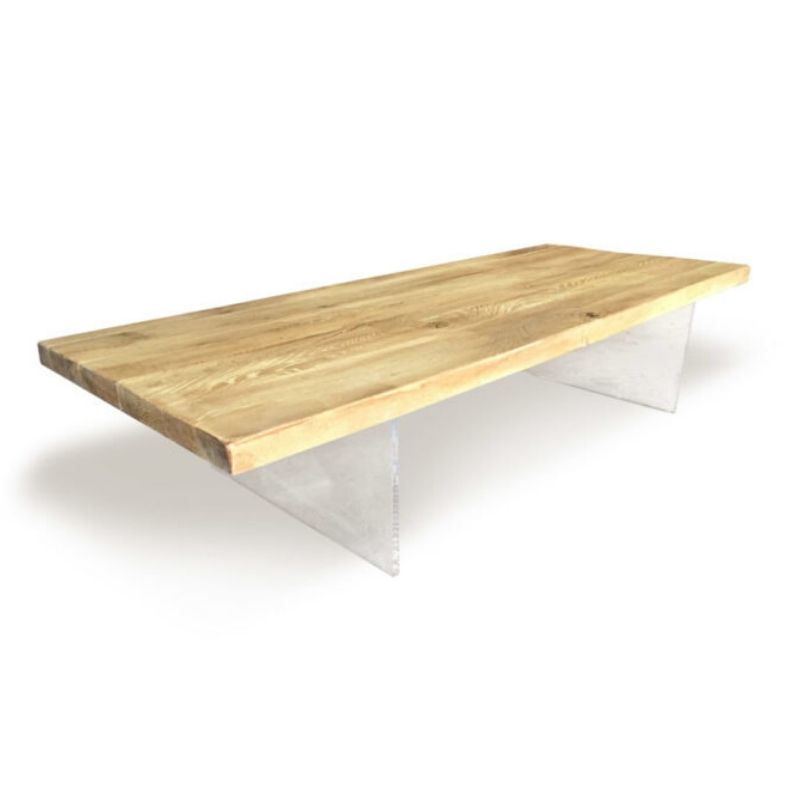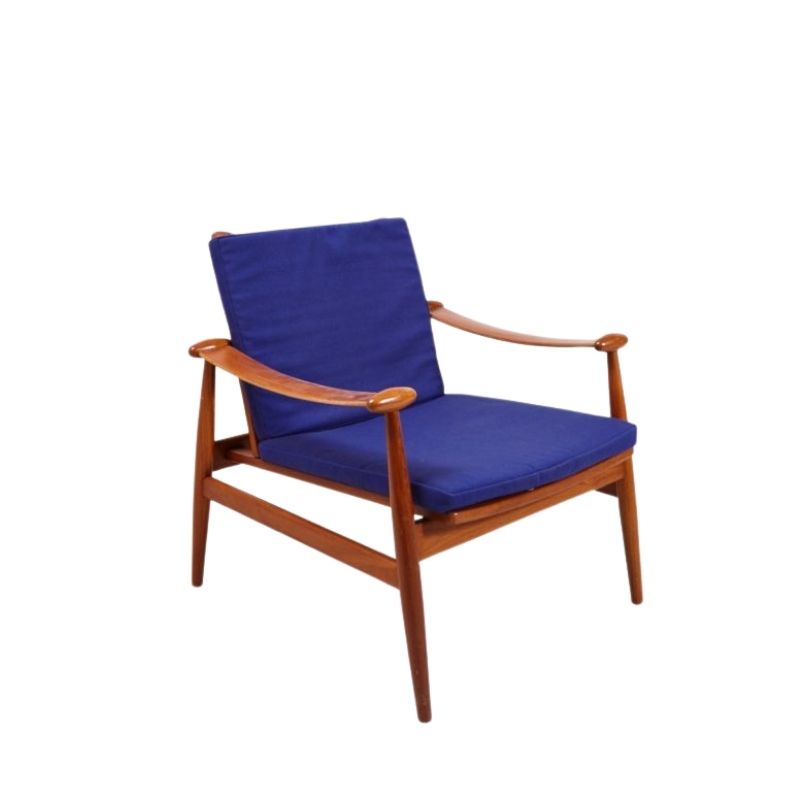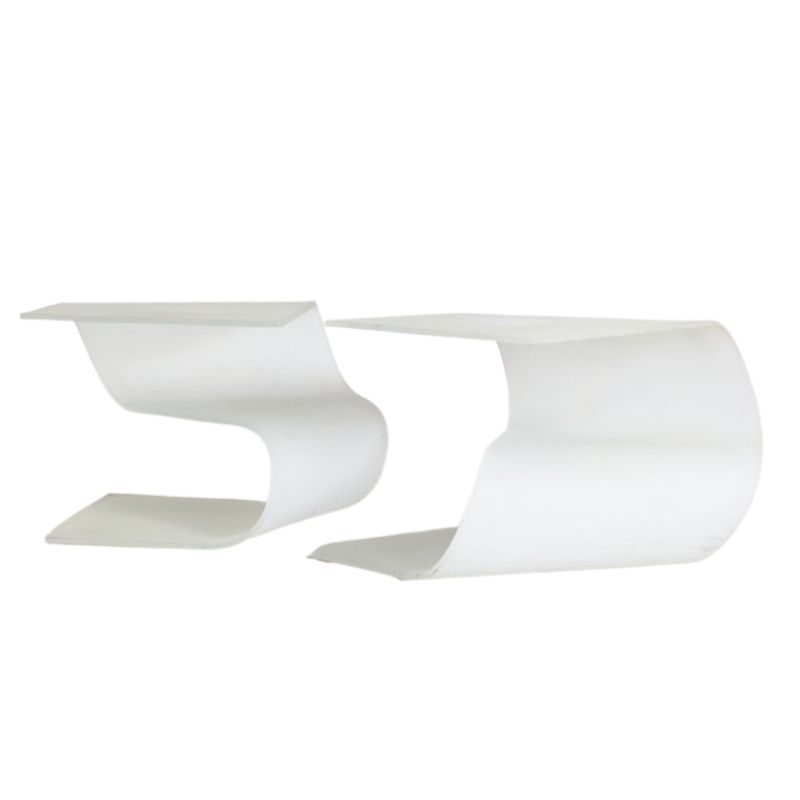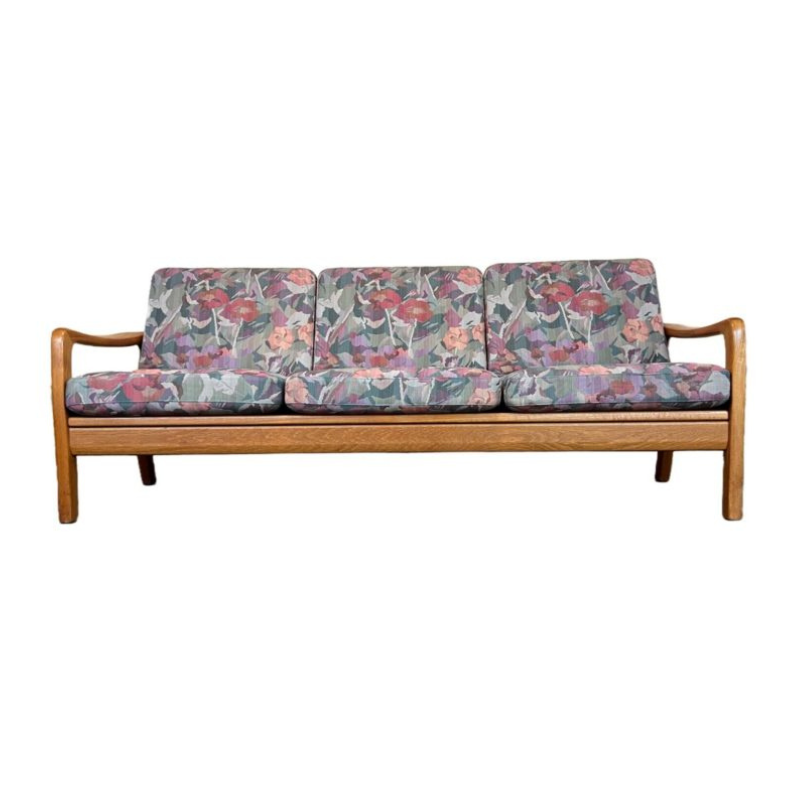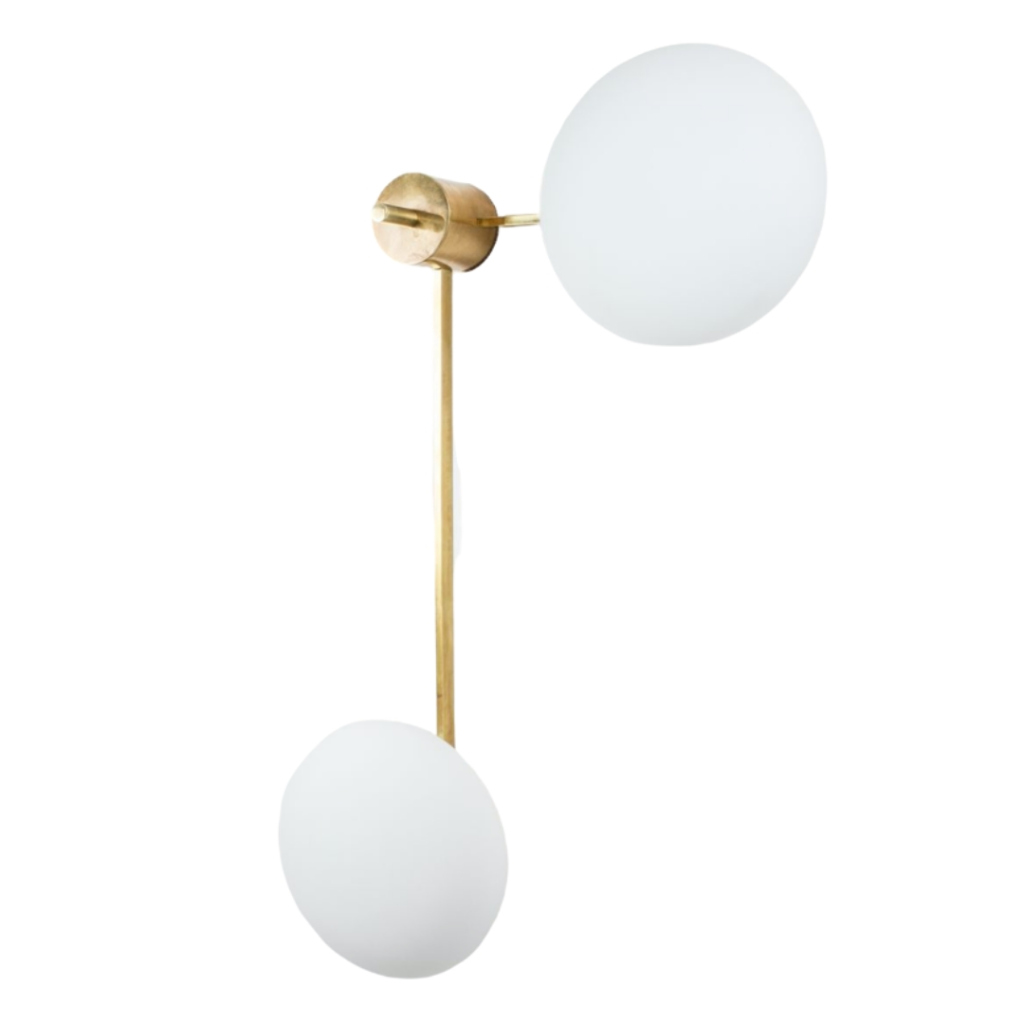Tktoo, im confused you say...
Tktoo, im confused you say that there should be a box or finger joint on the corners of the leg joints. However I have a vintage nelson bench and mine are a mitered butt joint (minus the staples). Brought it from a herman miller dealer. Ive seen pllenty of others the same as mine online.
EDIT: The butt joint just has two dowels inside it.
Hmmm. Are you sure, bobdavs?
Because I was until now. I can't imagine Herman Miller ever using a doweled miter joint there, but I could be wrong. I've probably only ever seen newer versions.
http://store.hermanmiller.com/store/servlet/DynamicKitDisplayView?langId...
If that is an HM production,
you can see why they might have gone over to a more appropriate joint for the design. I poked around on eBay a bit and the "vintage" offerings did all seem to display similar mitered joinery.
The design is so simple and begging to be copied, though, that without definitive evidence, I just assume even examples displaying age are knock-offs. Maybe I've been wrong.
Perhaps mr_wilson's benches are authentic and the staples were added as part of a poor attempt to repair poorly concieved construction?
Brilliant, thanks for posting...
Brilliant, thanks for posting these pics Convrge! Interesting that HM must have changed the joints that they used from the mitered doweled butt joints that we both have on our vintage benches, at some point, I would like to know when. Does beg the question that Mr Wilson's bench could be an orginal. Though I would like to see more of the underside of his bench before passing judgement, especially as I am no expert.
So, just to be
clear, we're discussing two separate joinery issues: First was the connections between the parts of the slatted panel or frame; second is the construction of the leg hoop.
As to the slatted frame, I see four different fasteners, now (I'm not sure which are Herman Miller or other authorized production and which are knock-offs): dowels; large-head nails (if that's what they are); screws; and pneumatically driven finish nails. The end joints seem to be treated differently from the cross-bar joints, for some reason.
The leg hoop joinery is interesting. I would have expected the finger joint to be the original and best solution, for strength: There's a lot of live load on those four little miters -- never the stoutest of joints, even in decorative work. The other joinery methods strike me as barely adequate to the job. Short dowels through diagonal grain would seem marginally better than a miter aided by a corrugated fastener. Are we sure that we aren't looking at a spline, in that black-painted example ?
If you need any help, please contact us at – info@designaddict.com


 <img class="wpforo-default-image-attachm
<img class="wpforo-default-image-attachm

